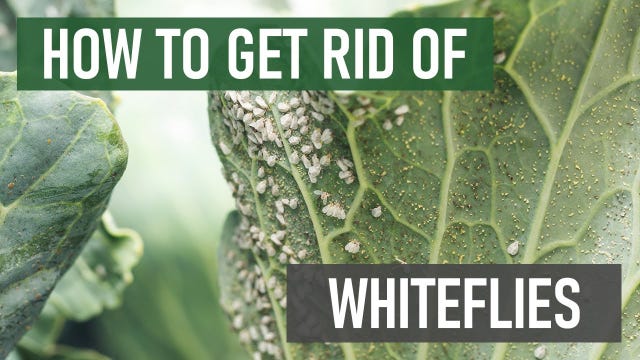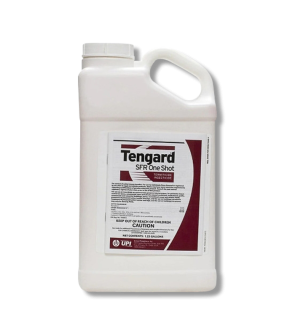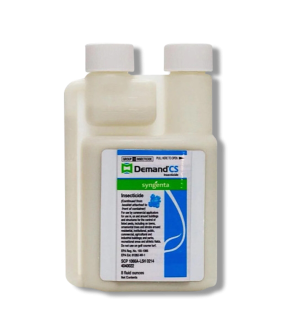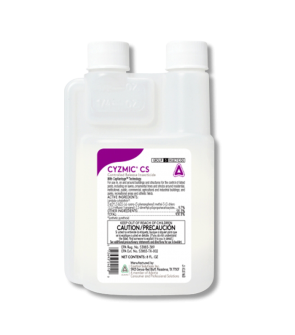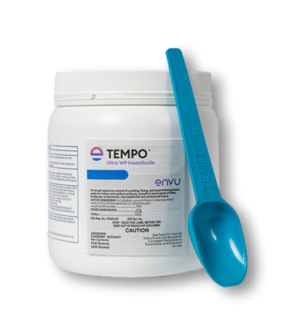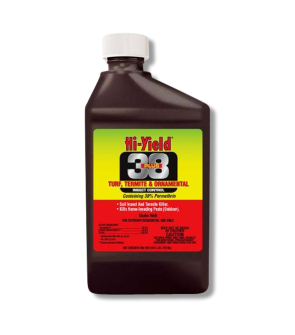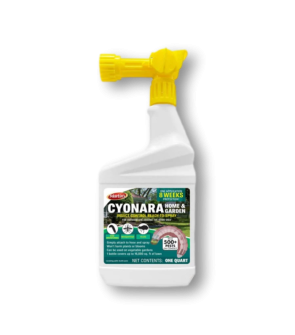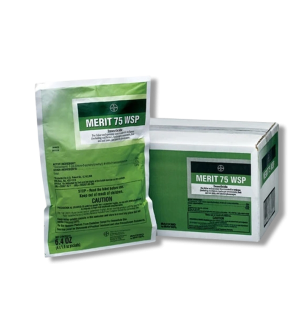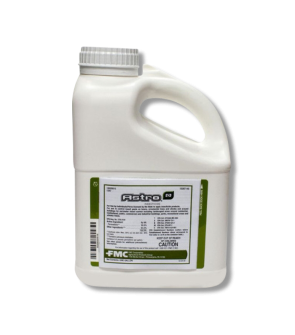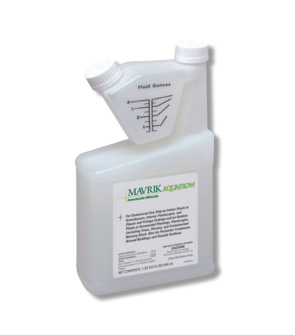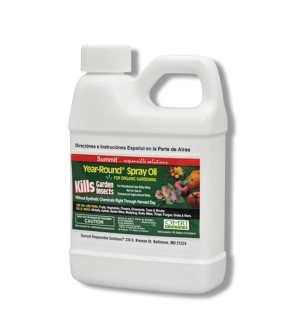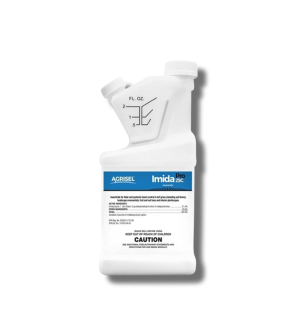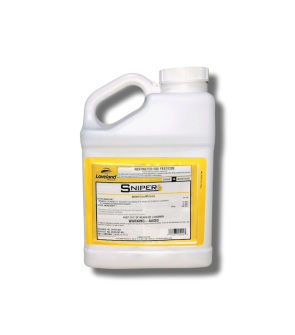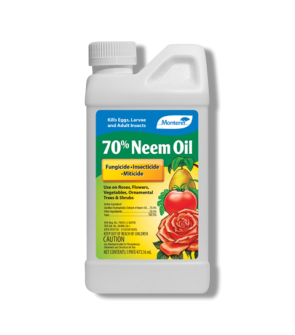Gain access to personalized product screening, the best pricing, rewards, and more!
Most Effective Products
Whitefly Control: How to Get Rid of Whiteflies
This page is a general whitefly control guide. Using the products and methods suggested, you will get control of whiteflies in ornamentals. Follow this DIY guide and use the recommended products; we guarantee 100% control of whiteflies.
In terms of ornamental pests, whiteflies are one of the most bothersome pests to be encountered, from their sap-sucking activity to increasing populations during warm weather. Despite their name, these soft-bodied, winged pests are not flies but belong to the class Hemipterans, which can be compared to aphids, mealybugs, and scale. Like other comparable sap-sucking pests, if the infestation is extensive, the ornamental plant can become weakened from lack of nutrients, leading to eventual death.
Throughout their feeding activity, the whitefly excretes a sugary substance called honeydew that encourages the growth of sooty mold. If left untreated, this mold can inhibit the plant's ability to photosynthesize, leading to unappealing discoloration and leaf loss. Although most whiteflies transfer more than 100 pathogens of plant viruses, they can also attract other insects like ants.
Once a group of these nuisance pests has appeared on a plant, the foliage will perish quickly. For ornamentals experiencing these annoying sap-sucking pests, our DIY guide will present the needed information and fast elimination through our professional products and steps.
Identification
Before proceeding with treatment, you must be certain that the type of infestation you have is a whitefly species. Careless identification can lead to using the wrong or ineffective insecticides, which can be a waste of your time and finances. While whitefly species vary in some of their features, they share some distinguishing traits.

- Whiteflies are small insects, measuring between 1/16 to 1/8 inches in length.
- Adult whiteflies, resembling small moths, achieved their name from the white wax coating over the wings and body. As an adult, this pest has pale green to yellow to white bodies, depending on the species, and has four white-colored wings.
- As nymphs, whiteflies appear transparent. Most whiteflies are easily identified during their last nymph stage. During this stage, the nymph is wingless and legless but will vary in colors from transparent yellow, whiteish, or black with a white fringe.
- Have slightly hairy needle-like mouthparts, which they use to pierce the leaf and suck the plant fluids.
- Eggs appear oblong-shaped with a white coloration. When laid by adult whiteflies, they will be gathered in circle or horseshoe-shaped clusters on the underside of leaves.
Use the image and description above to help you properly identify a whitefly. If you are unsure of the pest infesting your ornamental plant, contact us by email, phone, or in person at one of our store locations with a photo or sample of the pest in a sealable bag or container.
Inspection
Once you have confirmed whiteflies on your property, you can proceed to the next control treatment phase, inspection. While it may sound simple, inspection is an important step that helps determine where to apply your products and avoid unnecessary applications, thus increasing elimination.

Where to Inspect
Whiteflies have a wide range of crops, weeds, and ornamental plants they feed on. No matter the species, each stage of this pest's lifecycle is spent on the underside of leaves. On the underside of leaves, you can also examine the areas with sooty mold and honeydew, as the whitefly can be found near these afflicted sites.
These insects can infest turfgrass but are rarely seen in large enough groups to be considered an issue.
What to Look For
Whiteflies use their piercing, needle-like mouthparts to suck the phloem sap from the leaves, causing them to wilt and drop when there has been consistent feeding. Throughout the year, whiteflies can produce significant damage to indoor and outdoor plants. However, they are often seen from mid to late summer when the weather becomes warmer and humid.
In whiteflies' nymph and adult stages, they produce a shiny substance known as honeydew. Besides the leaves having a sticky texture, they may form into a black fungus called sooty mold. When sooty mold is present, the leaves will be covered in small, dark speckles. Leaves of afflicted plants will also appear yellow or grayish in coloration. Another noticeable sign of whitefly activity is the decreased rate of plant growth.
When leaves or turfgrass is disturbed, a mass gathering of tiny, white insects may suddenly fly up and eventually settle back into place.
Treatment
Once you have confirmed the areas of the whitefly infestation, it is time to begin treatment. Before proceeding, make sure to wear the proper personal protective equipment (PPE) when mixing and applying any pesticides.
Whitefly populations can develop very rapidly in warm weather, such as spring and summer. There are several generations of whiteflies each year, and their entire life cycle is completed in as little as 18 days, depending on the species.
The best strategy for preventing whitefly activity is to apply long-residual insecticides and ongoing pruning. Another strategy you must continue is watering with your garden hose to disturb whitefly gatherings.
Step 1: Prune Effected Leaves

Whiteflies gather and feed on the underside of leaves on trees, shrubs, crops, and other ornamental foliage. You can use a pruner or a glove-covered hand to remove any discolored leaves present with disease or with the pest itself. This will help to prevent the whiteflies from spreading to the other, uninfested parts.
If there are many whiteflies on the leaf, you can use your garden hose to wash the top and bottom of the foliage leaves to remove the whiteflies and eggs. This should be done once a week with regular irrigation practices to avoid promoting overwatering and other fungi diseases.
Step 2: Spray Residual Insecticide

Although whiteflies appear to be a non-threatening pest, they can quickly make a plant unaesthetically appealing and render it useless.
To get rid of whiteflies, we recommend using Supreme IT on ornamentals. Supreme IT is a 7.9% bifenthrin insecticide concentrate that will treat over 70 labeled pests on contact, including whiteflies. Once the treated area has dried, Supreme IT will leave a residual that will continue to control whiteflies and other labeled pests for up to 90 days.
This product should be applied with a hose sprayer, handheld pump sprayer, or backpack sprayer. A handheld pump sprayer would be best to facilitate application, mixing, and control of the application.
The application rate to treat whiteflies is 0.25 to 0.5 fl. oz. of Supreme IT per 1 gallon of water per 1,000 sq. ft. of ornamentals or 10.8 to 21.7 fl. oz. per 100 gallons.
Pour half the amount of water into your sprayer tank, then add the measured amount of Supreme IT, and then pour in the remaining half of the water. Secure the lid until tightly closed, then agitate the sprayer tank until the solution is well mixed.
Once your solution is evenly mixed, spray the top and bottom of ornamental leaves until wet, but not to the point of run-off. Wait until treated ornamentals are completely dry before any irrigation can occur and before allowing children, pets, or individuals to come into contact with the product.
Labeled pests, including whiteflies, that come in contact with the spray or the residual will impact their nervous system and eventually die in several hours.
Prevention
After removing the whiteflies, it is important to implement the following preventative measures to ensure these sap-sucking insects do not return. Listed below are several preventive measures you should take to fight against future whitefly infestations.
- Wrap sticky traps around the trunk of larger foliage-like trees at the beginning of each season.
- When watering ornamentals, be sure to spray an inch of irrigation underneath the leaves about once a week to disturb any potential breeding or gathering activity.
- To maintain plant health and encourage growth, use a slow-release fertilizer labeled for ornamentals or turf grasses.
- Remove discolored, wilted, or diseased plants by pruning or with a glove-covered hand to maintain your plant's health.
- Continue with regular lawn and ornamental maintenance of raking and mowing when turf reaches a height of 3 inches.
- Spray around entry points like doors, windows, and other voids that whiteflies can use to invade. Then spray your structure's outer perimeter 3 feet up the structure and 3 feet out. Doing so lowers the risk of whiteflies infesting your home's interior plants. It would be best to spray the top and bottom of outdoor ornamental plant leaves quarterly to eliminate any current and future whitefly infestations.
Key Takeaways
What are Whiteflies?
- Whiteflies are small flying pests that can quickly ingest the juices from vegetables, trees, shrubs, crops, and other ornamentals. These fast-reproducing pests can also damage other pests by infecting them with one of the 100 diseases they can spread.
How to Get Rid of Whiteflies
- To remove whiteflies, you will want to use a long-lasting residual insecticide like Supreme IT and ongoing pruning practices.
Preventing Whitefly Reinfestation
- Prevent a reinfestation of whiteflies by regularly watering, pruning, and applying Supreme IT at the beginning of each season to fight against future activities.






